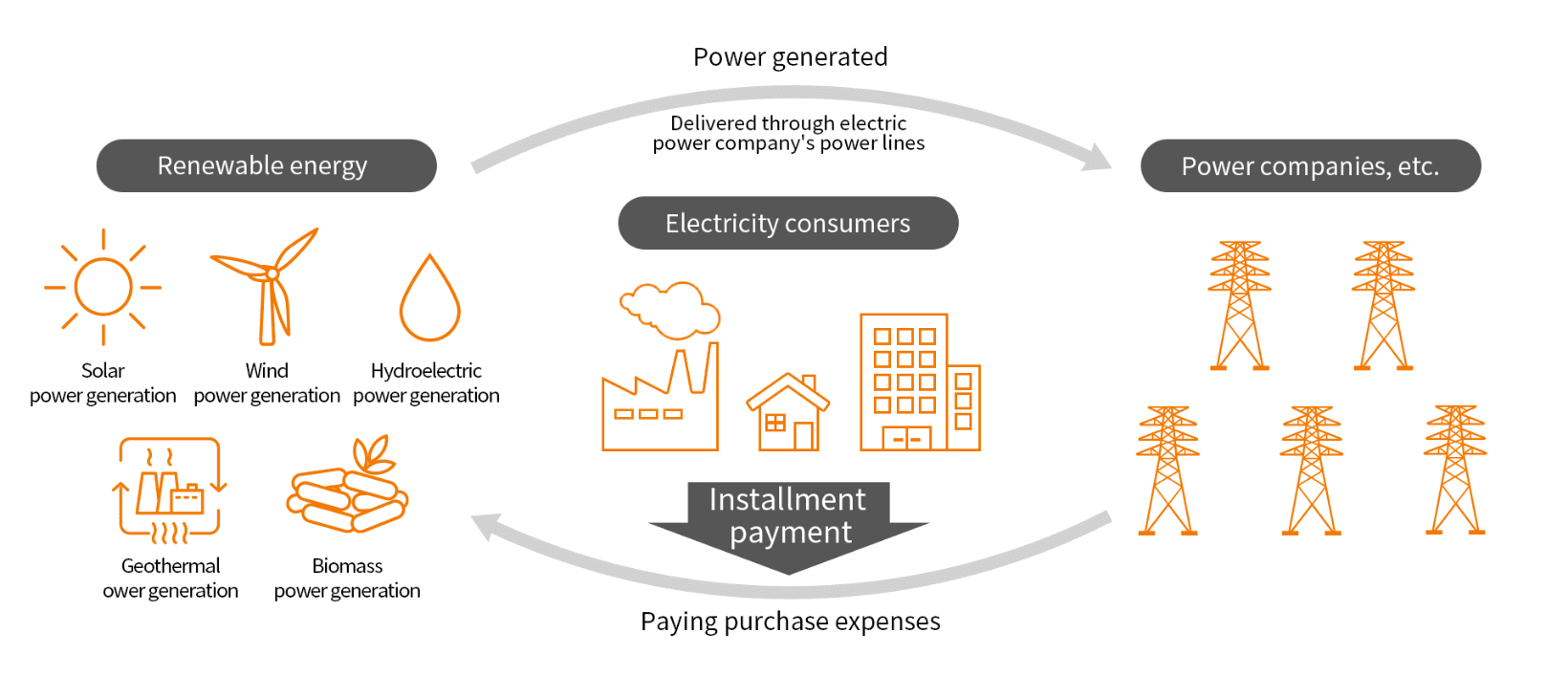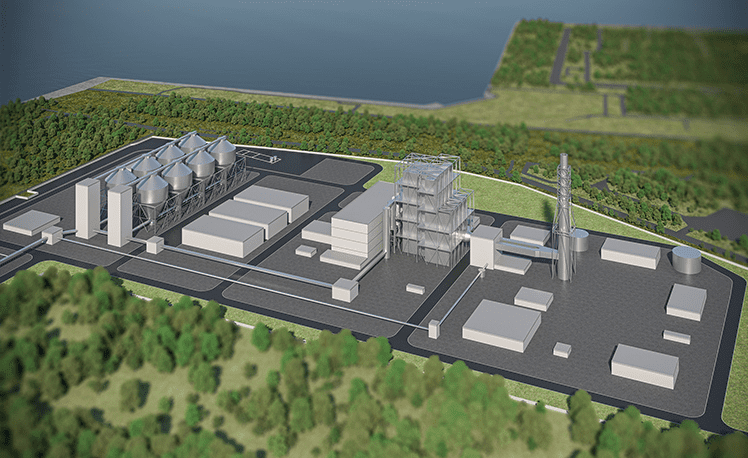About Non-FITENVIRONMENT
The Feed-in Tariff system (FIT Act) is a system that obligates power suppliers to buy in power generated using renewable energy sources for a certain duration based on the price which has been set by the government. Originally, this system was designed to encourage the use of renewable energy. Although the total cost of the levy has ballooned, since the fund has been covered by the renewable energy levy which was included in the electricity bill paid by the electricity users. As such, non-FIT power plants that do not rely on the FIT Act are attracting attention.
What is the Feed-in Tariff system (Amended FIT Act) ?
The Feed-in Tariff (FIT Act) for renewable energy is a system, which was launched in July 2012, obligates power suppliers to buy in power generated from renewable energy sources such as solar, wind, hydroelectric, geothermal, biomass, etc. for a certain duration based on the price which has been set by the government.
In the four years since the launch of this program, the amount of renewable energy introduced has increased significantly. On the other hand, issues such as the increasing burden on the public due to the renewable energy levy and the increase in the number of power generation facilities that are not yet in operation have come to light. This led to the revision of the FIT Act and the Revised FIT Act came into effect in April 2017. However, recently new problems surfaced as renewable energy surcharges started to swell once again.


Toward non-FIT power that merges electricity and environmental value
While the FIT Law has contributed to the introduction of renewable energy, it is not recognized as 100% renewable energy due to the reason that electricity generated at certified power plants has already paid for its environmental value in the form of a renewable energy levy.
In other words, the environmental value of "no CO2 emissions and low environmental burden" is considered to belong to those who pay the renewable energy levy, which makes it a rule "not to declare it as renewable energy value."
In contrast, non-FIT power combines electricity value with environmental value. In the case of non-FIT power, no one is obligated to purchase the power generated. Thus, the environmental value of "not emitting CO2 and reducing the environmental load" is credited to other power stations and power suppliers so that the power generated by non-FIT power stations is certified as 100% renewable energy. Now that the benefits of non-FIT are becoming apparent, the national government is moving to reduce the FIT Act (reduce subsidies), and renewable energy companies are seeking to shift to non-FIT systems that do not rely on the FIT Act. Under these circumstances, erex as a pioneer in renewable energy, is promoting non-FIT biomass power generation business.
Non-FIT power stations enable RE100-standard power supply
At present, principal corporations in Japan and abroad are joining RE100 (Renewable Energy 100%), an international initiative that aims to procure all energy used in business activities from renewable sources and are actively promoting the use of renewable energy, including the supply chain. Moreover, the global shift to zero carbon society is accelerating as corporate stakeholders such as shareholders and investors are increasingly focusing on companies and selectively investing to those that care for environment, society, and governance.
In response to this trend, the importance of non-FIT power generation which is recognized for its environmental value will increase even more in the future. erex is currently drawing up plans for Japan's first large-scale Non-FIT biomass power plants and will contribute to the realization of a decarbonized society in Japan by promoting non-FIT power generation ahead of the industry

Rendering of one of the world's largest No-FIT large-scale biomass power plants
